10 Tips for Beginner Gardeners
If you are new to gardening and wish you could get a few helpful things before you break ground, then this post on 10 Tips for Beginner Gardeners is just what you need.
Get actionable help that you can use to ensure you are learning how to start a backyard garden in the best dirt, with the best sunshine, and the most confidence.
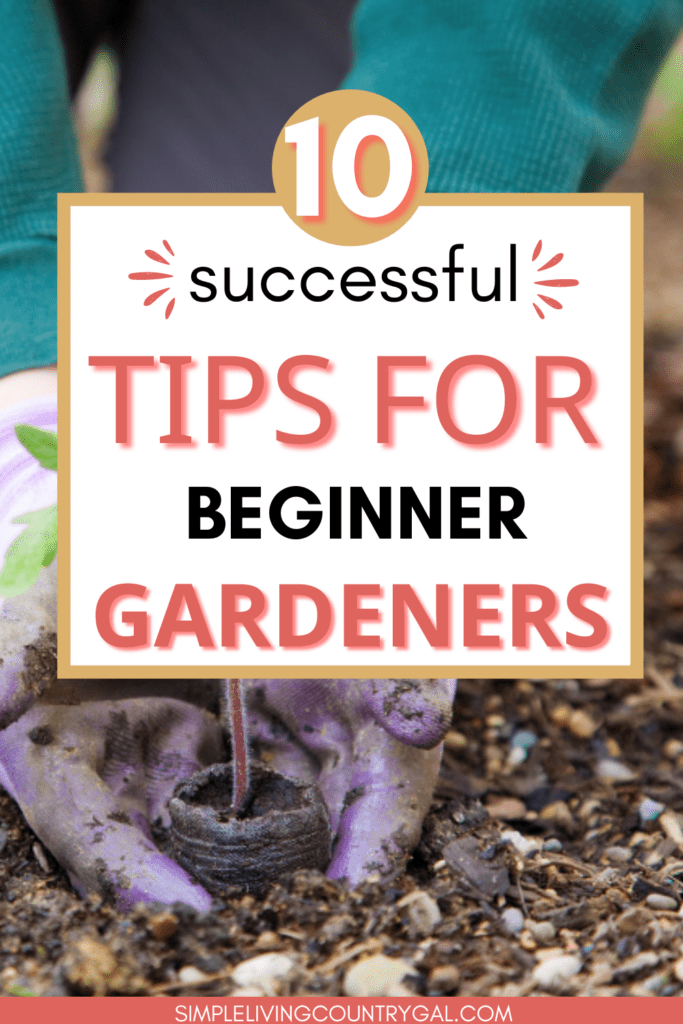
Starting a backyard garden, in theory, sounds relatively easy in theory. And many beginner gardeners may think it’s as simple as finding a sunny spot and digging up some dirt to lay seeds to get your garden off to a start. But growing a full and healthy garden requires a little more planning and work to get going.
I am not telling you this to scare you away, my goal is the opposite. I want to give you the tools you need to start gardening successfully from the start.
Call this your fast track to a pantry and freezer full of amazingly sweet fruit and delicious veggies. These tips will help you to get your garden started quickly so you can enjoy a flourishing harvest soon.
Top 10 Tips for Beginner Gardeners
Let’s talk about each tip one by one so you can see just how to use things in the best way.
TIP #1. Know When to Plant
Timing is very important when growing a garden. And the timing where I live will be different from the timing where you live. Planting in the wrong temperatures can keep your crops from growing their best. When determining when to plant, there are two things to consider, your zone and the planting suggestions for what you’re planting.
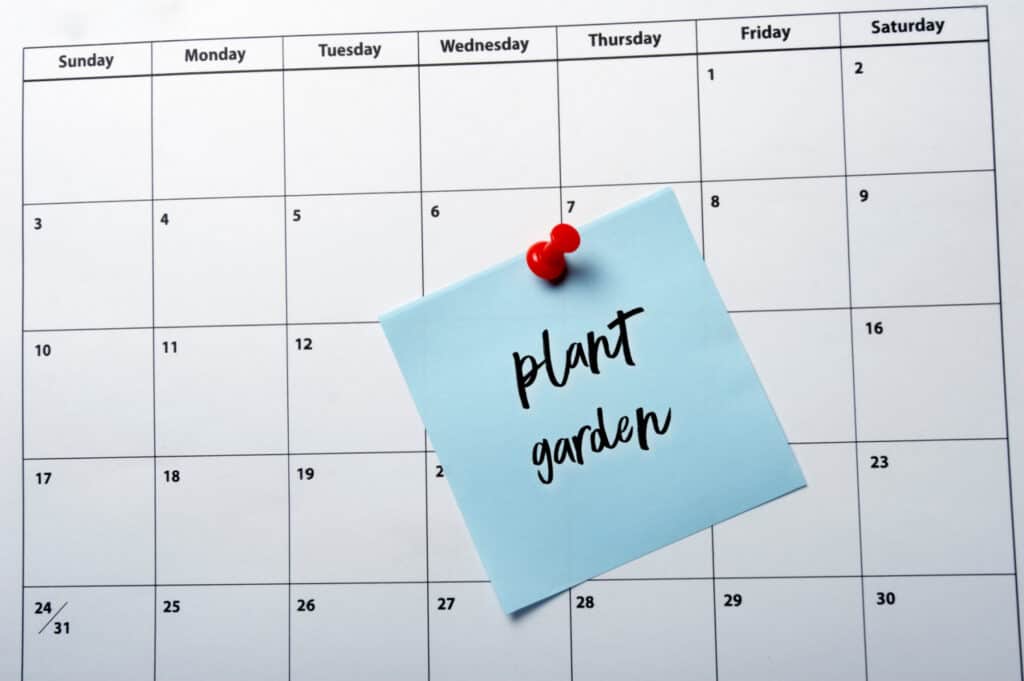
What is a planting zone?
The Zone refers to the hardiness zone of various areas around the country. For instance, Zone 8 is in the southern part of the country, where it gets extremely hot in the summer but usually doesn’t see a lot of freezing temperatures in the winter, while Zone 5 is in the northern part of the country where below zero temperatures can be normal in the winter but summers are usually a little more comfortable. These temperature shifts can determine what will grow well in your area and what won’t.
Where do you find planting suggestions?
The planting guide for the specific vegetable you want to grow (usually found on the seed packet) will tell you the best time of year to plant and what the ideal temperate is for growing. Planting at the right time of year will encourage better growth for your crop.
I love planting guides and find they can be incredibly helpful when gardening. But let’s face it, those seed packets can be really small! You can find all of my growing guides in my shop, but you can try out one for free to see how you like it by signing up below.
Tip #2. Know Where to Plant
You might think that all you need to do is pick a sunny spot and start digging, but where you plant can be just as important as when to plant. Various types of vegetables need more or less sunshine and require special kinds of soil. We will talk more on that later.
Before deciding where to plant, determine what you want to grow and look for vegetables that have similar sun, soil, and temperature requirements.
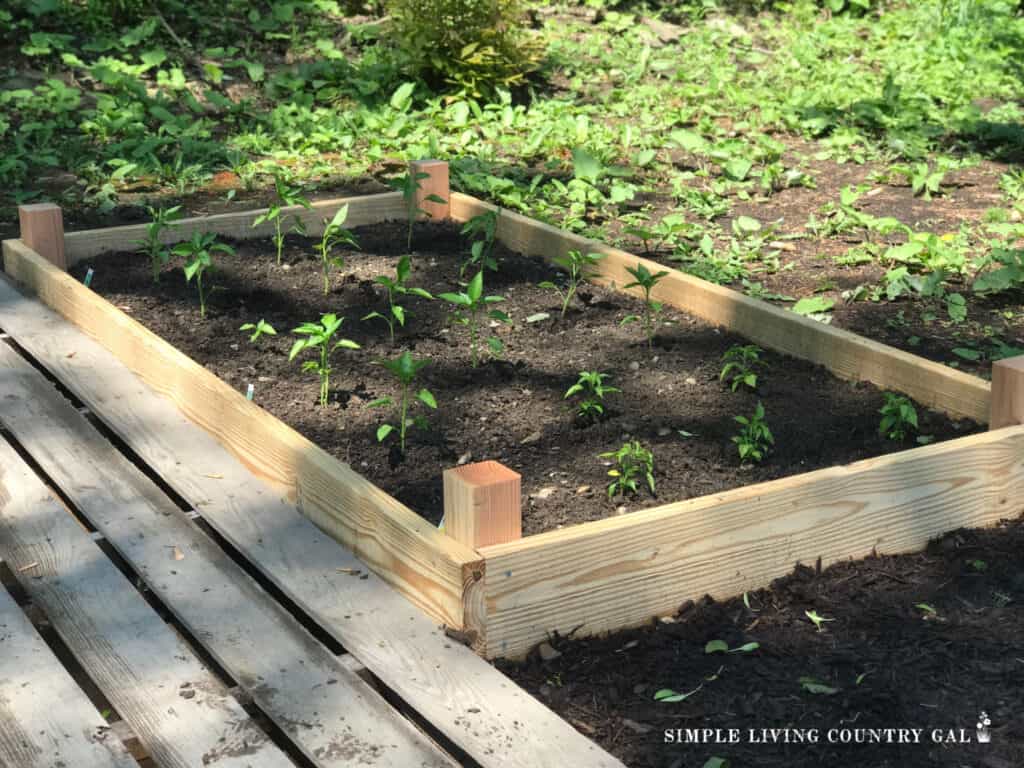
Before determining if you’ve found the right spot, spend some time observing it. Check how much sunlight the site is getting every day by looking at it once an hour for a few days and noting whether or not there’s sunlight. You don’t want to plant a vegetable that needs 10 hours of sun only to find that the spot you selected only gets about 6 hours of sun each day.
Tip #3. Evaluate Your Soil
You will want to know what kind of soil you have to help you determine if you need to adjust it before planting.
- Is it sandy? This means it is light and tends to be warm with low nutrients.
- Is it clay? This means it is heavy, high in nutrients, and can dry out and crack in the summer.
- Is it silt? This means it is light, easy to pack with your hands because it holds on to moisture.
- Is it loam? This means it is made up of mostly of sand, silt, and some clay.
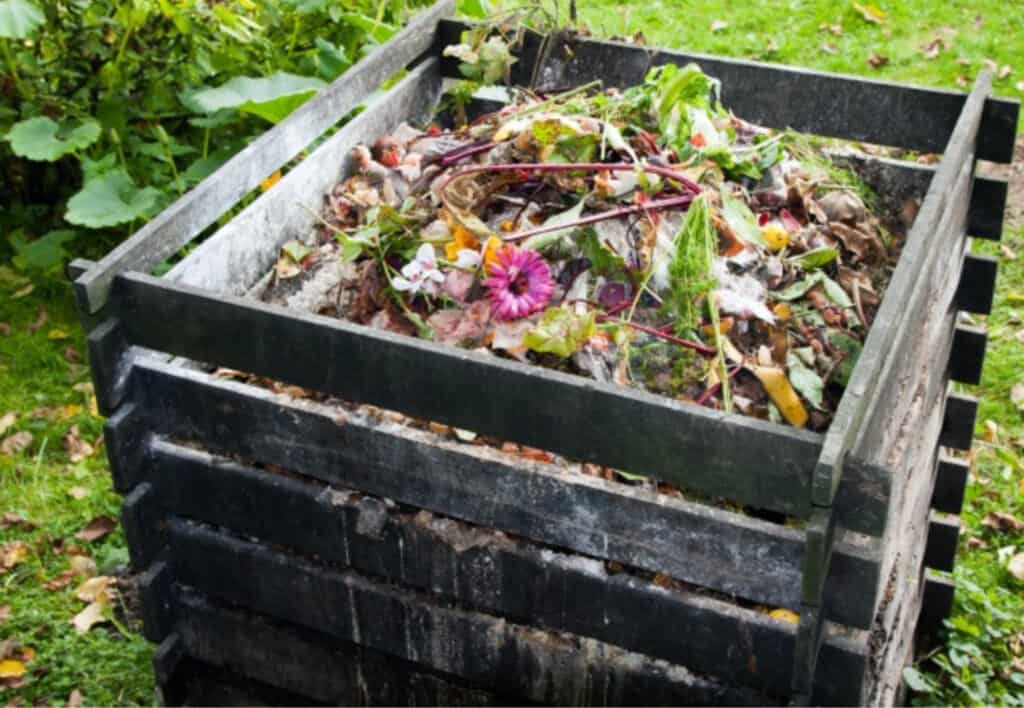
If you’re not sure what kind of soil you have and what you need to do to improve it before planting, talk to someone at your local nursery or extension office.
Know the pH of your soil so you can adjust accordingly.
What does soil pH mean?
The pH of your soil will tell you if it is acidic or alkaline. The reason you will need to know this is for the plants you plan to grow. Some will prefer acidic soil whereas others prefer alkaline.
Plants that do best in acidic soil:
- Blueberries
- Cranberries
- Potatoes
- Strawberries
- Tomatoes
Plants that do best in alkaline soil:
- Asparagus
- Broccoli
- Brussels sprouts
- Cabbage
- Carrots
To determine the pH of the soil, you can use a soil testing kit. Be sure to refer to the planting guides again for each specific vegetable you’re planting to determine what the soil needs for them to flourish.
More Soil Resources:
Tip #4. Amend Soil Before Planting
Once you determine what kind of soil you have spend some time adding nutrients to the soil before planting.
Soil Correction Tips:
- If you need to improve drainage, you can add sand.
- If you need to retain more moisture, you may need to add manure or peat moss.
- If the soil is poor and doesn’t have enough nutrients, you may need to bolster it with compost.
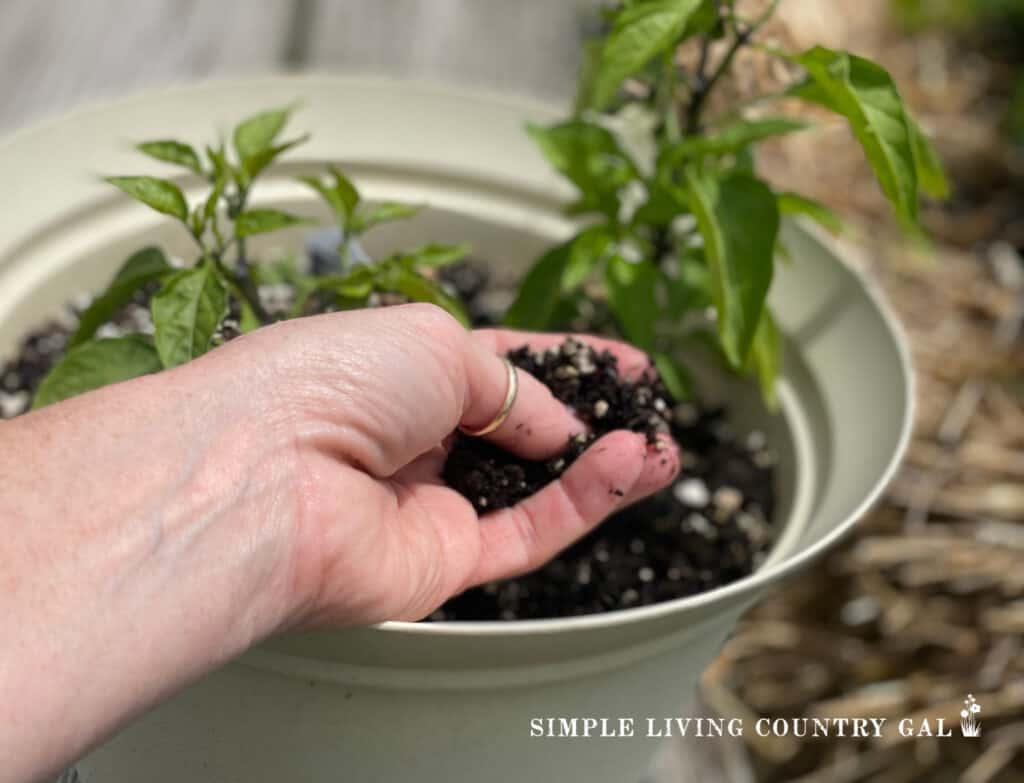
Plan to work on the soil and add compost, sand, or anything else you need to add at least a week before planting. This will ensure the soil is healthy and ready to take whatever seeds you’ll be planting.
Tip #5. Only Grow What Your Family Likes
This may seem pretty straightforward, but growing things that are easy to grow just because they’re easy might not be the best move if your family won’t eat them. I remember my first garden, it was huge and full of so many wonderful things. When we harvested, we filled our pantry and freezer with such a variety of food, and that is where they sat for months and months and months.
We never touched them, and eventually, we ended up adding them to our compost bin. Lesson learned; now I only plant what I know my family will eat.
Choose vegetables that your family enjoys and ones that are versatile that you can include in lots of recipes or can for the off-season.
Gardening Hand Tool Set 3 Pack – MDSXO Heavy Duty Gardening Kit with Non-Slip Soft Ergonomic Handle, Great Garden Gift for Women Men[Stainless Steel]![Gardening Hand Tool Set 3 Pack - MDSXO Heavy Duty Gardening Kit with Non-Slip Soft Ergonomic Handle, Great Garden Gift for Women Men[Stainless Steel]](https://easyproductdisplays.com/wp-content/uploads/2017/07/buy6.gif)



Tip #6. Plant Near a Water Source
Again, this is pretty straightforward as well, but something that can be easily overlooked. Ensure that your hose and/or sprinkler will reach the spot you decide to plant, or your garden won’t receive enough water.
If the spot you choose is too far from a water source, you’ll need to consider setting up a rain barrel or other water collection source.
Rain Barrels to Collect Rainwater from Gutter – Rain Collection Barrel Water Barrel Rainwater Collection System Collapsible Rain Barrel Include Filter Two Spigots and Overflow Kit (53 Gallon, Green)


Tip #7. Know If You Need Seeds or Plants
While most plants can easily be planted as seeds directly in the ground, some do better when started as seedlings indoors and then transplanted into the garden. This can help to shorten the growing season, which is perfect for areas that don’t have long seasons of warmer weather.
Be sure to check the planting guides, though; not all vegetables transplant well and may actually do better when planted as seeds directly in the soil.
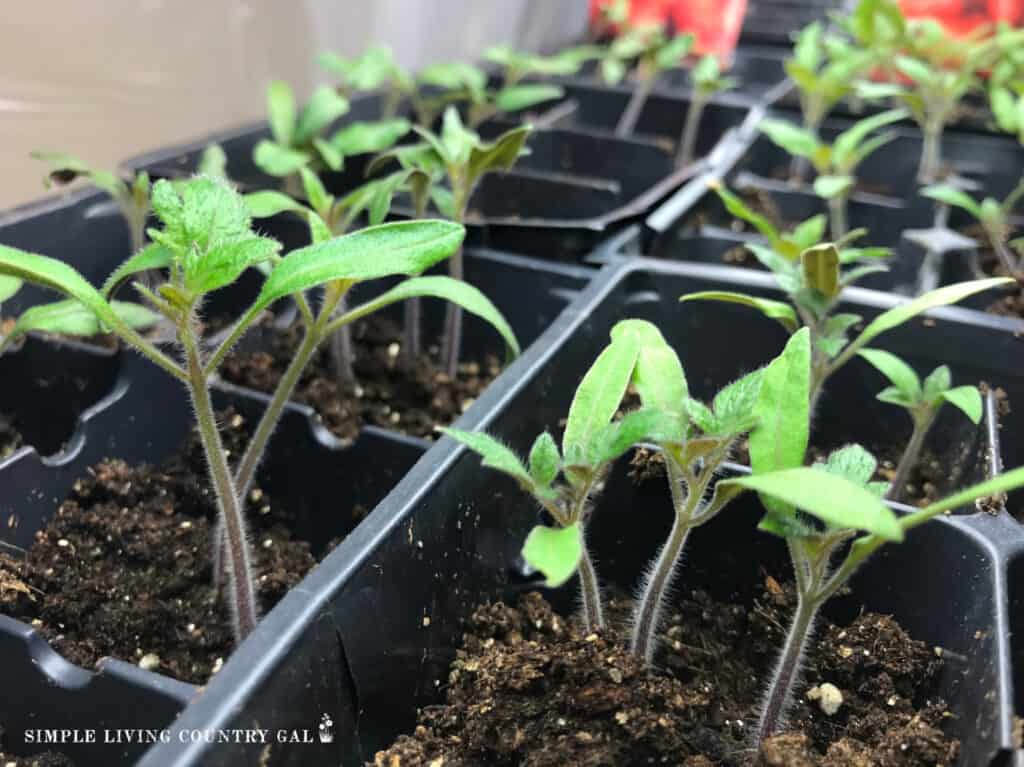
Tip #8. Be Sure They Will Mature During Your Growing Season
Check planting guides to be sure that what you’re plants will mature during your growing season. This means the growing time a plant requires to reach full maturity making it ready for harvesting.
For example, onions have a long growing season, for that reason they need to be planted in early spring sometimes weeks to months before other plants go into the ground. Once you know the plants you are going to grow in your garden, do a list of panting dates for each so you can create a schedule.
Many times seed packets will tell you to plant a certain amount of time after the last frost. If you’re unsure when that time is for your area, refer to the Hardiness Zone Map that I linked to above. For almost anything you plant you’ll need to know when the first and last frosts for your area are.
Tip #9. Stagger Planting for a Continual Harvest
If there are things you love then staggering your plantings will help to ensure you have plenty to harvest all season long. If a vegetable you enjoy takes two months to mature, planting a row each week or so will allow you always to have something to harvest.
Vegetables to Stagger Plant:
- Onions
- Radishes
- Carrots
- Cabbages
- Beats
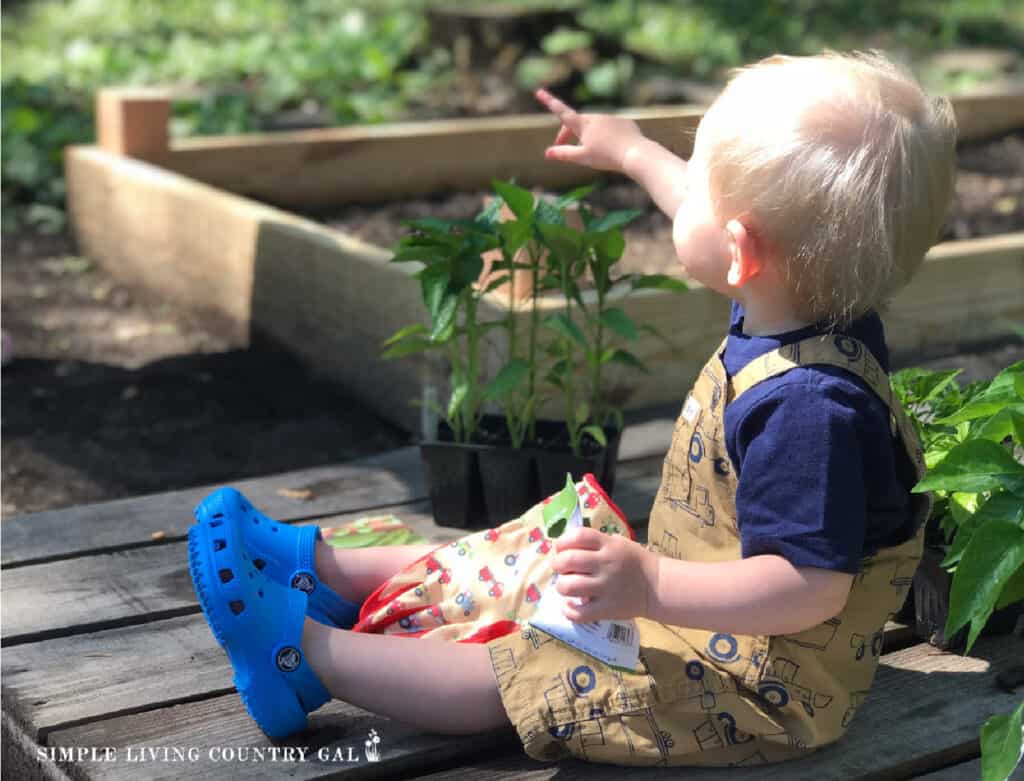
Tip #10. Consider Raised Beds or Containers
If you feel like you can’t improve your soil enough or don’t get enough sunlight in one specific area, consider planting in raised beds or planting in containers. This approach to gardening allows you to move things around as needed.
You can modify your soil much easier and move plants to follow the sun. This is also a good option if you don’t have a lot of space or don’t have a yard to plant in.
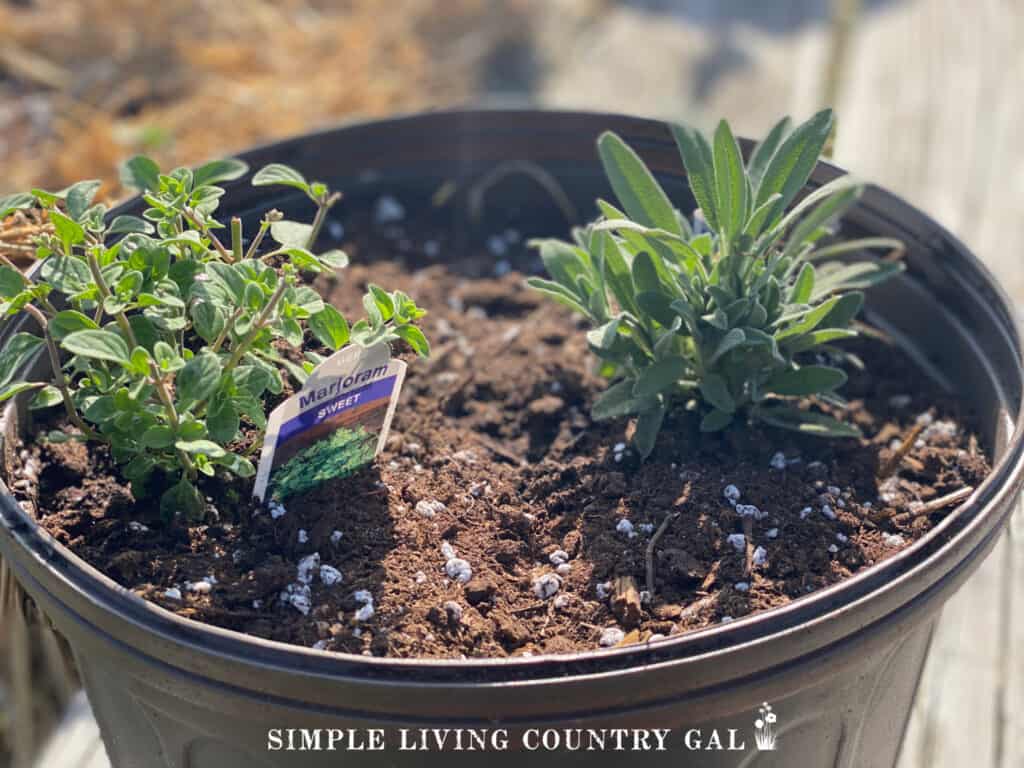
Taking time to plan your location, adjust your soil, check growing requirements, and know your hardiness zone before you even lay your first seed will guarantee that your beginner garden is a success right from the start.
It can be overwhelming starting your first vegetable garden, I hope these tips for beginner gardeners help you with planting, growing, and harvesting a kitchen full of amazing and delicious veggies.

![Gardening Hand Tool Set 3 Pack - MDSXO Heavy Duty Gardening Kit with Non-Slip Soft Ergonomic Handle, Great Garden Gift for Women Men[Stainless Steel]](https://m.media-amazon.com/images/I/41qgPIFVlJL._SL500_.jpg)








There aren’t many in the edible world but when you can find perennials they are wonderful because you get a remarkable return on time and financial investment.
We currently have asparagus that has been growing for over a decade. Last year we invested in some new plants which will take a few years to mature but the old stuff is still producing. Even without inflation asparagus is rarely cheap but it is relatively easy to grow. We have some herbs that also are perennials like chives that require minimal upkeep but keep coming back year after year.